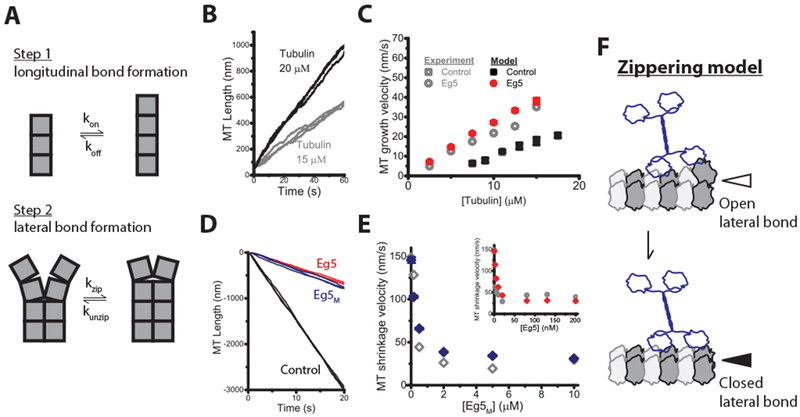Figure 5. Eg5 polymerase can be explained by Eg5 enhancing tubulin lateral bond energy by 3 kBT.

(A) Microtubule plus-tip growth is simulated by separating tubulin incorporation into: (Step 1) formation of a single longitudinal bond governed by rate constants kon and koff, followed by (Step 2) formation of a lateral bond with rate constants kzip and kunzip. The sequence is reversed during microtubule shrinkage. (B) Three simulated traces of microtubule growth at 15 μ M and 20 μ M tubulin in the absence of Eg5. (C) Experimental (from Figure 2E) and simulated microtubule growth velocity across a range of tubulin concentrations. (D) Three simulated traces of microtubule shrinkage in the presence or absence of motors. (E) Experimental (from Figure S2E) and simulated shrinkage rates at varying Eg5M (main figure) and Eg5 dimer (inset) concentrations. (F) Zippering model of Eg5-induced microtubule polymerization. Plus-end-bound Eg5 motors induce tubulin curved-to-straight transition at tip, thereby promoting lateral bond formation, which enhances the microtubule growth rate and stabilizes microtubules against shrinkage. See also Table S1 for model parameters and Table S2 for tubulin lattice free energy and kinetic parameters.
